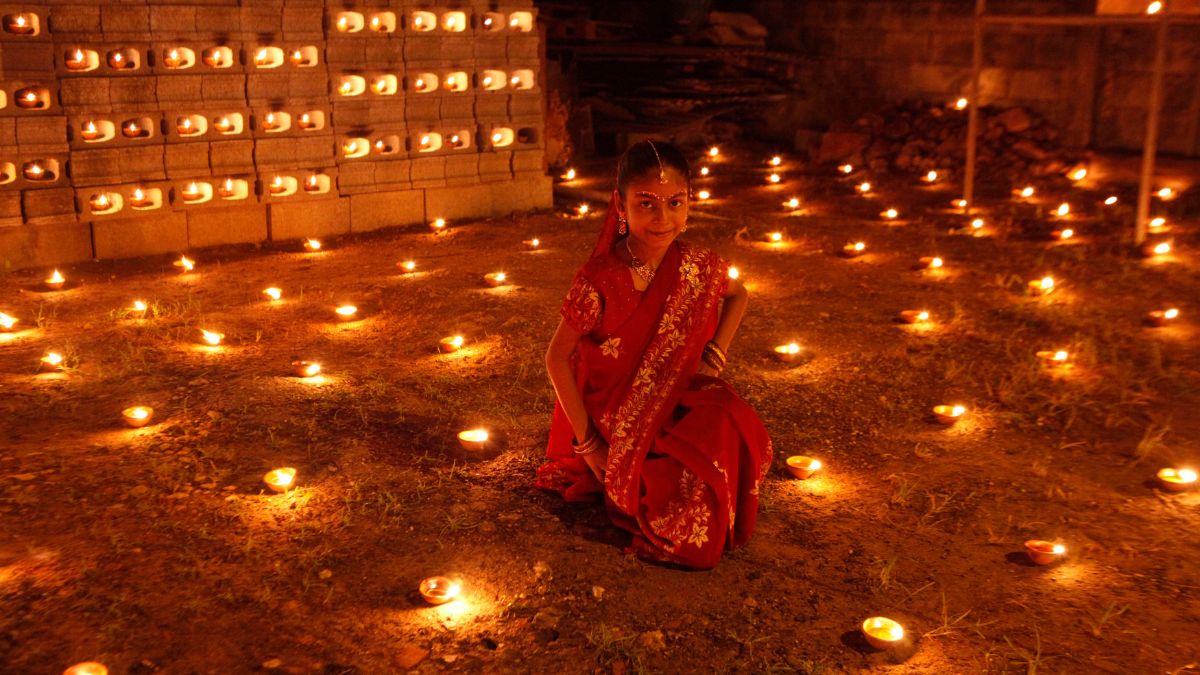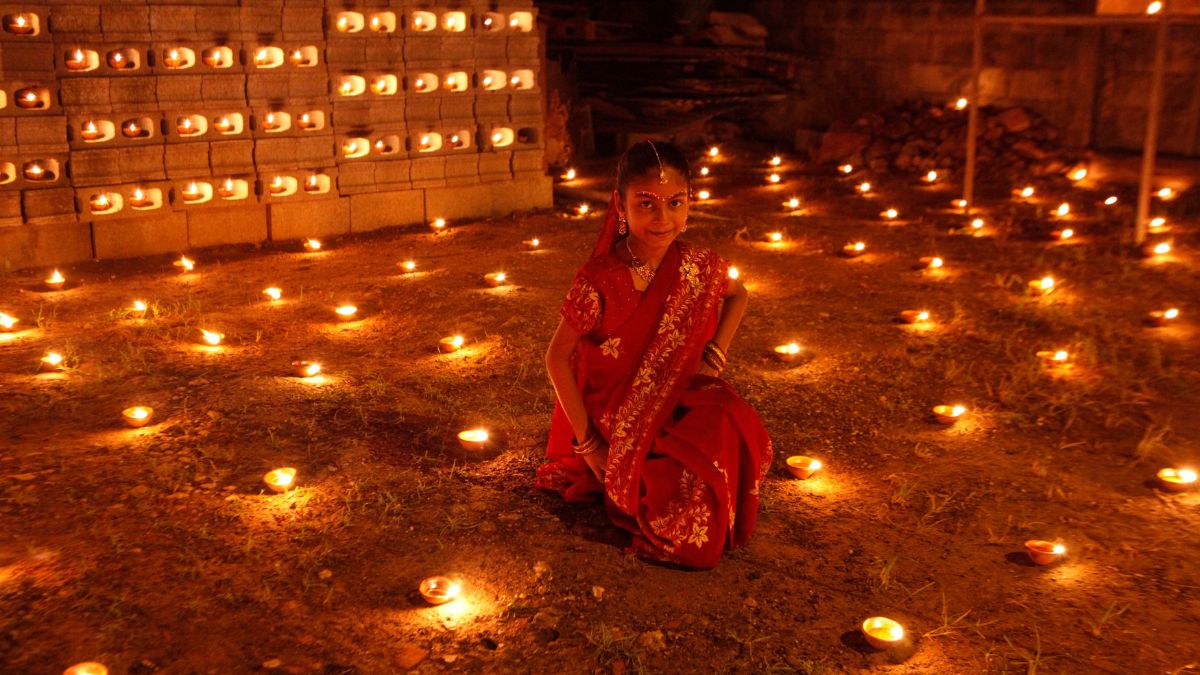Recent forest fires in Uttarakhand destroy huge swathes of green cover; experts blame errant monsoon
Ankita Virmani
• May 18, 2019, 14:53:14 IST
Every year, Uttarakhand loses a large part of its forest cover to fires, mostly during this time of the year when the mercury soars.
Advertisement
Find us on YouTube

No rain in Delhi after cloud seeding trials. Why did the experiment flop?
Delhi conducted cloud seeding experiments to induce artificial rain and reduce pollution but saw no rain due to low moisture in clouds. Despite no rain, the cloud seeding trials led to a slight improvement in air quality, with PM2.5 and PM10 levels dropping in targeted areas. More cloud seeding experiments are planned, depending on atmospheric conditions, to further address Delhi's pollution issues.
More Impact Shorts

)
)
)
)
)
)
)
)



